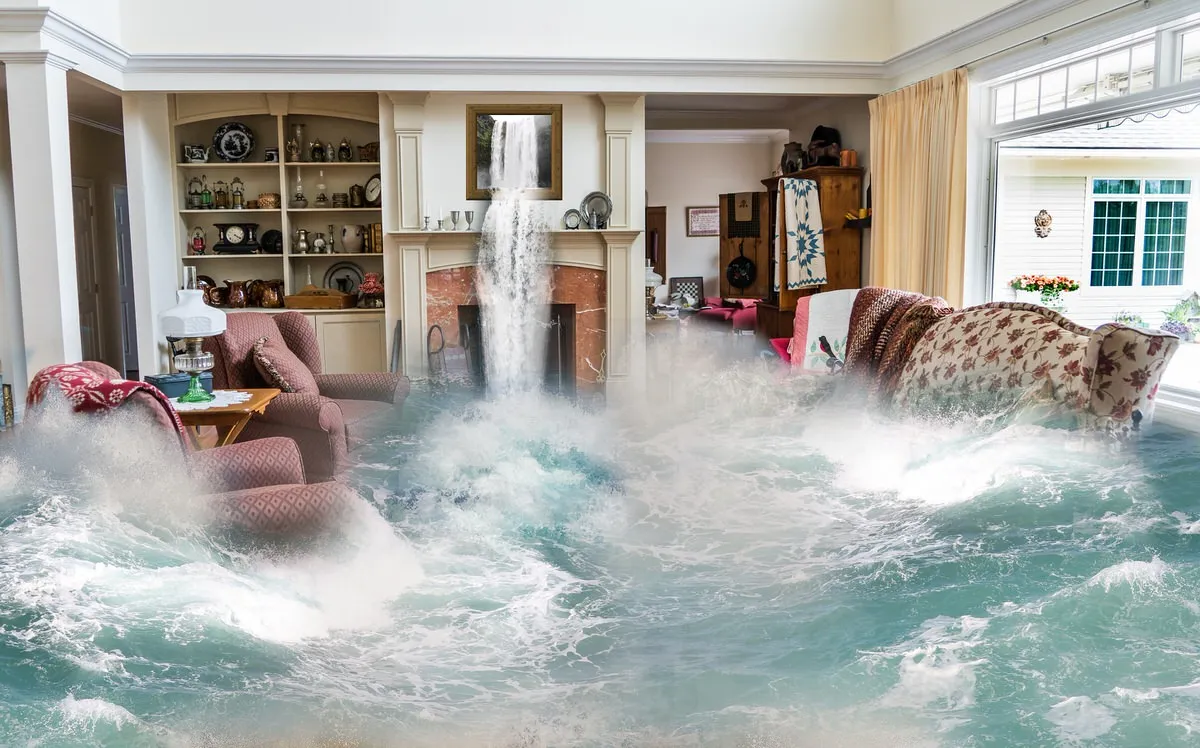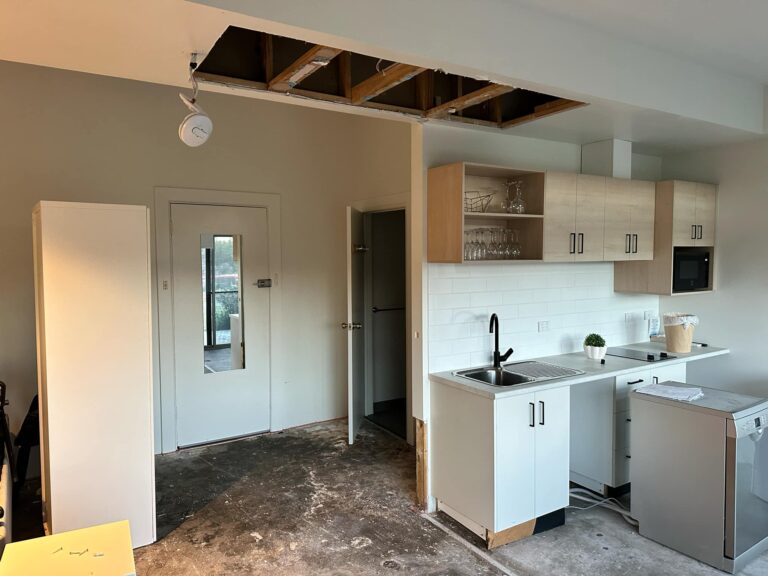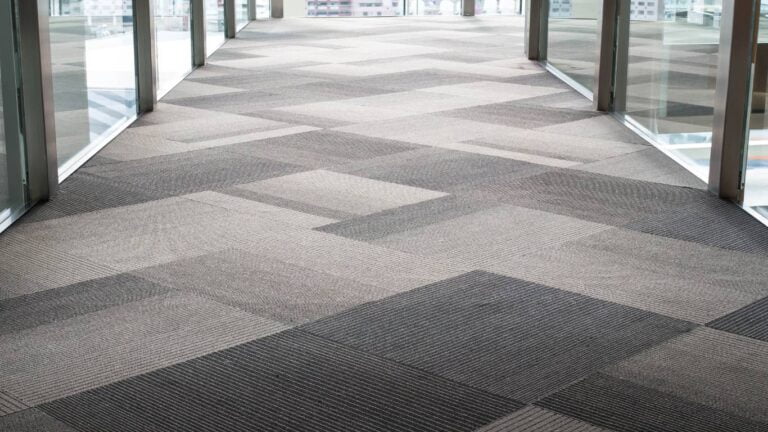Unwanted water in your home or business can cause more than just a soggy mess. It can lead to severe structural and health-related issues, not to mention the financial strain it brings. Whether it’s a minor leak or a major flood, the impact of water damage can be devastating and far-reaching. This guide will help you understand the different types of water damage, its causes, signs to look out for, and effective preventive measures. It’ll also guide you through the insurance process after water damage, and why it might be a good idea to hire professional water restoration services. With this knowledge, you’ll be better equipped to protect your home or business from water damage, ensuring the safety and well-being of your loved ones and employees.
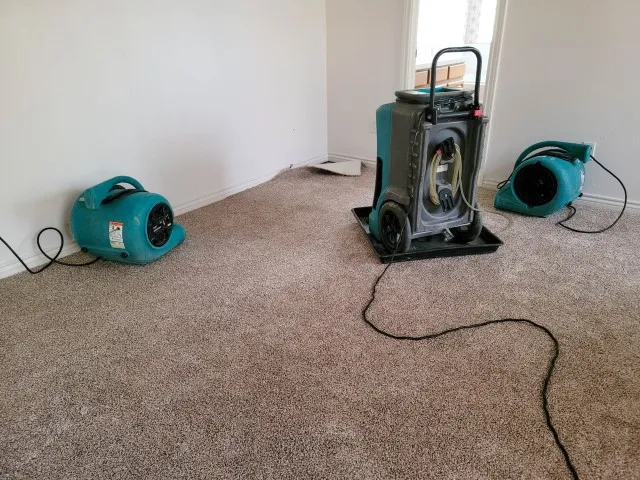
Understanding Water Damage
Different Types of Water Damage
Water damage is a broad term that covers a variety of issues that can occur in your home due to unwanted water. This can range from minor issues like a small leak from a faulty appliance to major disasters like a flood caused by severe weather conditions. The damage caused by water can be split into two main types: structural and health-related.
Structural damage happens when water seeps into the fabric of your home, soaking walls and flooring. This creates an environment where mould growth and rot can thrive, which over time can weaken the integrity of your home’s foundation. Plus, water can cause chaos with your home’s electrical system, introducing the dual dangers of electrical shocks and fires.
On the other hand, health-related damage is linked with the potential contaminants that flood water can carry. This can range from harmful pathogens such as bacteria and viruses to a toxic mix of contaminants like sewage, pesticides, and other chemicals. These pose severe health threats to you and your family, making thorough post-flood sanitation measures necessary.
Causes of Water Damage
Water damage can be caused by a variety of factors. Natural disasters such as hurricanes and severe thunderstorms can lead to local flooding, causing significant water damage to homes. However, water damage can also happen due to more everyday issues like burst pipes and leaking appliances. No matter the cause, the effects can be devastating, leading to tangible losses like waterlogged furniture, malfunctioning appliances, and irreparable personal items. These losses can be both emotionally and financially draining for you.
The Effects of Water Damage on a Property
The effects of water damage on a property are many. At a structural level, water damage can lead to issues such as softening drywall, discolouration, and cracked, bubbling, or flaking paint. Over time, these issues can weaken the structural integrity of your home, leading to more serious problems like sagging or bowed ceilings and walls.
Beyond the structural damage, water damage can also lead to health issues. Flood waters teeming with harmful pathogens and contaminants can pose severe health threats to you and your family. This makes thorough post-flood sanitation measures necessary to ensure the health and safety of your loved ones.
Recognising Signs of Water Damage
Recognising the signs of water damage early can help lessen its effects and prevent further damage. Signs of water damage in ceilings include peeling, bubbling, or flaking paint, small hairline cracks or a larger, spiderwebbed pattern of cracks, water rings, mould growth, sagging or bowed ceilings, water stains, and musty smells.
In walls, signs of water damage include softening drywall, discolouration, cracked, bubbling, or flaking paint, musty smells, and mould growth. For floors, signs include buckling, warping, discolouration, cupping, crowning, musty odours, and mould growth.
Being vigilant and regularly inspecting your home for these signs of water damage is crucial. If you notice any of these signs, it’s important to address them promptly. This might involve disconnecting electricity and gas, elevating valuables, and calling water damage professionals as soon as possible.
Being proactive, educating yourself, and responding swiftly are key in protecting your home against water damage. Preventive measures such as stocking up on sandbags or flood barriers and having experts periodically inspect your plumbing and drainage systems can go a long way in protecting your home and ensuring the health and safety of your loved ones.
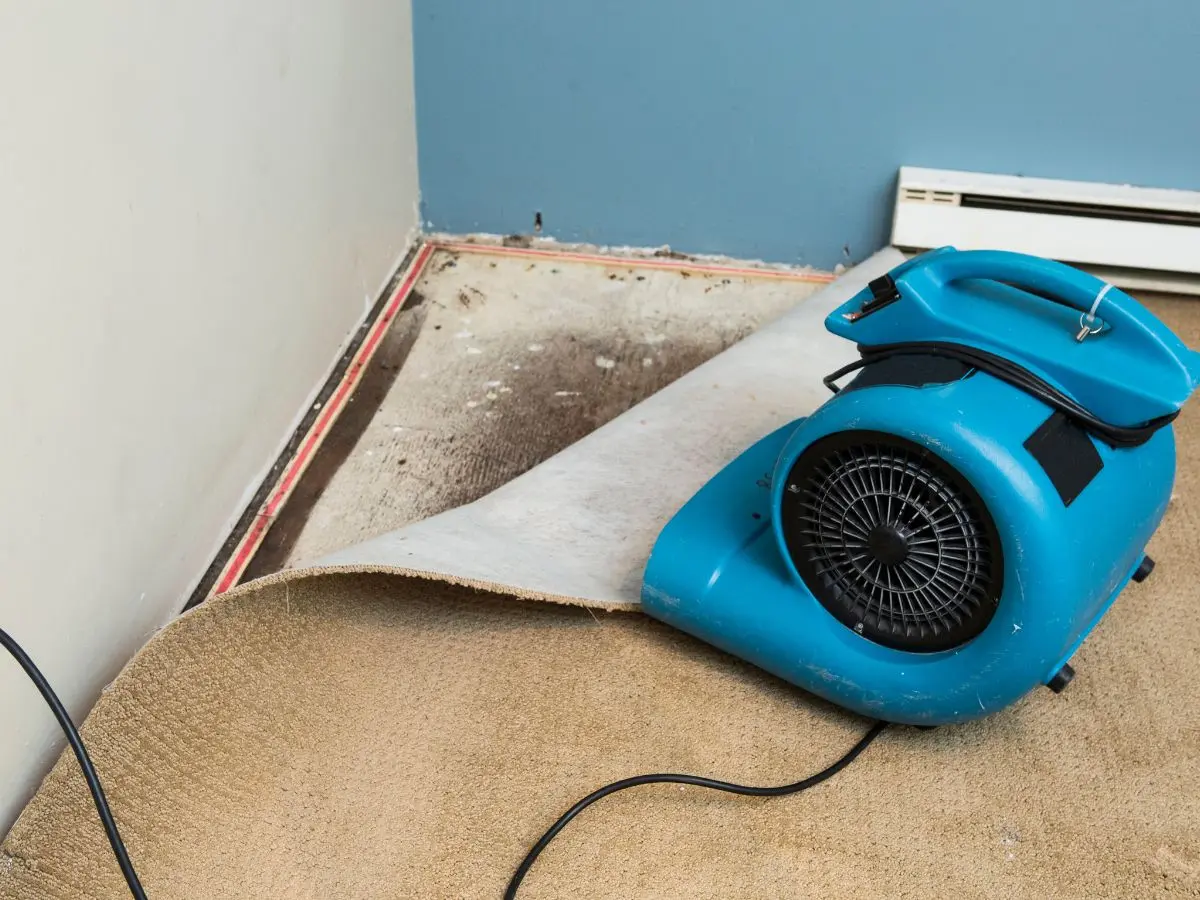
The Basics of Water Restoration
What is Water Restoration?
Water restoration is a process that aims to return your home to its pre-damage state following an incident of water intrusion. This process is particularly crucial when dealing with the aftermath of flooding, which can have severe implications for the structural stability of your property and the safety of its electrical system.
The Importance of Immediate Action
While the aftermath of a flood can be daunting, it’s essential to respond quickly. The urgency of action isn’t just about salvaging property, but also about mitigating health risks associated with the potential contaminants in flood water.
The Water Restoration Process
The restoration process commences with water mitigation, aimed at stabilising your home and preventing further harm. This includes halting the immediate water flow, assessing the mitigation efforts required, extracting the water, and drying the property.
Following this, the restoration phase begins, which involves:
- Removing damaged structural elements
- Restoring or replacing the subfloor
- Eliminating mould
- Repairing or replacing doors and windows
- Ensuring the property is thoroughly dry
The cost of these processes can vary based on the size of your home, the nature of the water event, and the extent of the damage.
Professional vs. DIY Water Restoration
While it might be tempting to handle water restoration independently, it’s generally advisable to engage professionals for anything beyond a minor leak. Water damage professionals possess the necessary tools and expertise to manage the complexities of water restoration, including the identification and treatment of different types of water damage.
The IICRC designates different categories of damage based on the three types of water:
- Clean water
- Grey water
- Black water
Each type poses different levels of risk.
In addition to professional assistance, you can take proactive steps to guard against flooding. This includes regular inspections of your home for water leaks and addressing them promptly. In flood scenarios, it’s crucial to disconnect utilities, elevate valuables, and engage professionals as soon as possible. Being prepared and understanding the intricacies of flood damage can be instrumental in safeguarding your property and health.
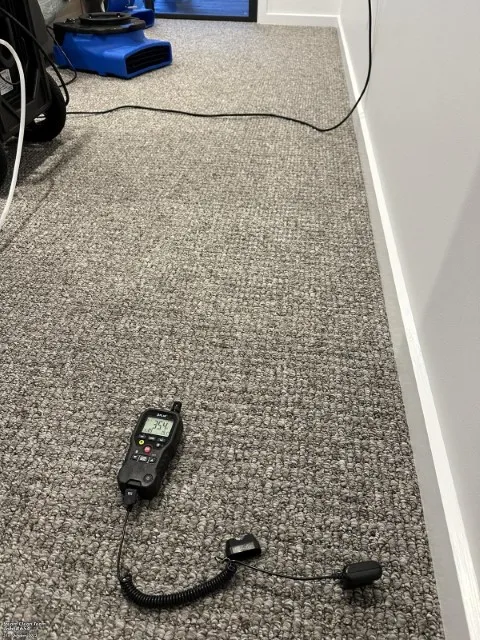
Tips for Preventing Water Damage
Maintenance Tips for Homeowners
Being proactive in maintaining your home is crucial. Regularly survey your property for any signs of water intrusion. Pay attention to your roof, looking for loose, missing, broken, or cracked shingles that could allow water to penetrate. Similarly, examine your chimney for cracked bricks or loose mortar, which could also lead to water intrusion.
Ensure to examine your home’s exterior for cracks and address them immediately. Use exterior-grade caulking to seal cracks around doors and windows to prevent water ingress. Also, regularly check sink drains for leaks and repair or replace P-traps as required.
Protecting Your Property from Severe Weather
Extreme weather can pose a significant risk to your property. To shield your property, consider installing storm shutters or creating your own out of plywood to protect windows from wind damage. Regularly clean your gutters to ensure water is directed safely away from the foundation, and ensure downspouts are extended at least two feet away from the house.
The ground adjacent to your house should slope away from the foundation to prevent water from entering the basement. Consider planting vegetation around your home to absorb excess water in the yard and prevent flooding.
Preventive Measures for Plumbing Problems
Plumbing issues can lead to significant water damage if they’re not addressed promptly. Regular inspections of your home’s plumbing system can help prevent such issues. Check hoses and connections on water-based appliances for leaks and replace any lines that appear worn out.
Ensure your sump pump is functioning correctly and connected to a working electrical outlet. This is particularly crucial if your home has a basement, as the sump pump plays a vital role in preventing flooding after prolonged spells of rain.
Importance of Regular Home Inspections
Regular home inspections provide a comprehensive understanding of your home’s condition, allowing you to address potential issues early on and avoid expensive repairs in the future. This includes monitoring your water bills for any unusual increases in usage that could indicate a water leak.
Consider installing a moisture metre near the sump pump and water heater to detect increasing moisture levels and prevent water damage. Remember, vigilance is key when it comes to preventing water damage.
Dealing with Insurance After Water Damage
When faced with a sudden water-related disaster, understanding how to handle the aftermath, particularly in relation to your insurance company, is crucial.
Understanding Your Homeowner’s Insurance Coverage
It’s essential to comprehend the specifics of your homeowner’s insurance coverage. Typically, policies cover unexpected water damage, such as burst pipes or toilet overflow. However, they generally exclude damage from gradual leaks or floods. For flood-related damage, separate flood insurance is required.
While your policy may cover the cost of replacing a damaged item, it might not cover the cost of mould remediation and testing after the item is removed. However, you might be able to add coverage for clean-up caused by a covered loss.
Reporting Water Damage to Your Insurance Company
In the event of water damage, notify your insurance company promptly. If there’s concealed damage, report it within days of discovery. Document the damage comprehensively. Capture images or videos before initiating any repairs and retain all damaged items until the insurance adjuster has inspected them.
Make temporary repairs to safeguard your home and possessions, and retain receipts for any materials used. However, refrain from making permanent repairs until the insurance company has evaluated the damage.
Working with an Insurance Adjuster
Interacting with an insurance adjuster can be challenging. Their objective is to process claims swiftly and minimise the claims payment. They utilise specific tools to estimate the extent of water damage, but these tools may not reflect current labour and material costs.
To ensure a fair and accurate claims process, familiarise yourself with the damage and cause of water damage. Document everything, capture photos and videos, and maintain records of repairs and cleanup efforts.
Settling Your Water Damage Claim
When settling your water damage claim, ensure proper mould remediation is conducted. Engage a licensed mould professional who can provide an inspection and a certificate stating that the mould was eradicated and the underlying issue was resolved.
Bear in mind, water damage, including damage from freezing, is a frequent and expensive type of homeowners insurance claim. The average water damage or freezing claim is substantial, ranking it as the third most-expensive type of home insurance claim. Therefore, understanding your coverage and how to navigate the claims process is vital.
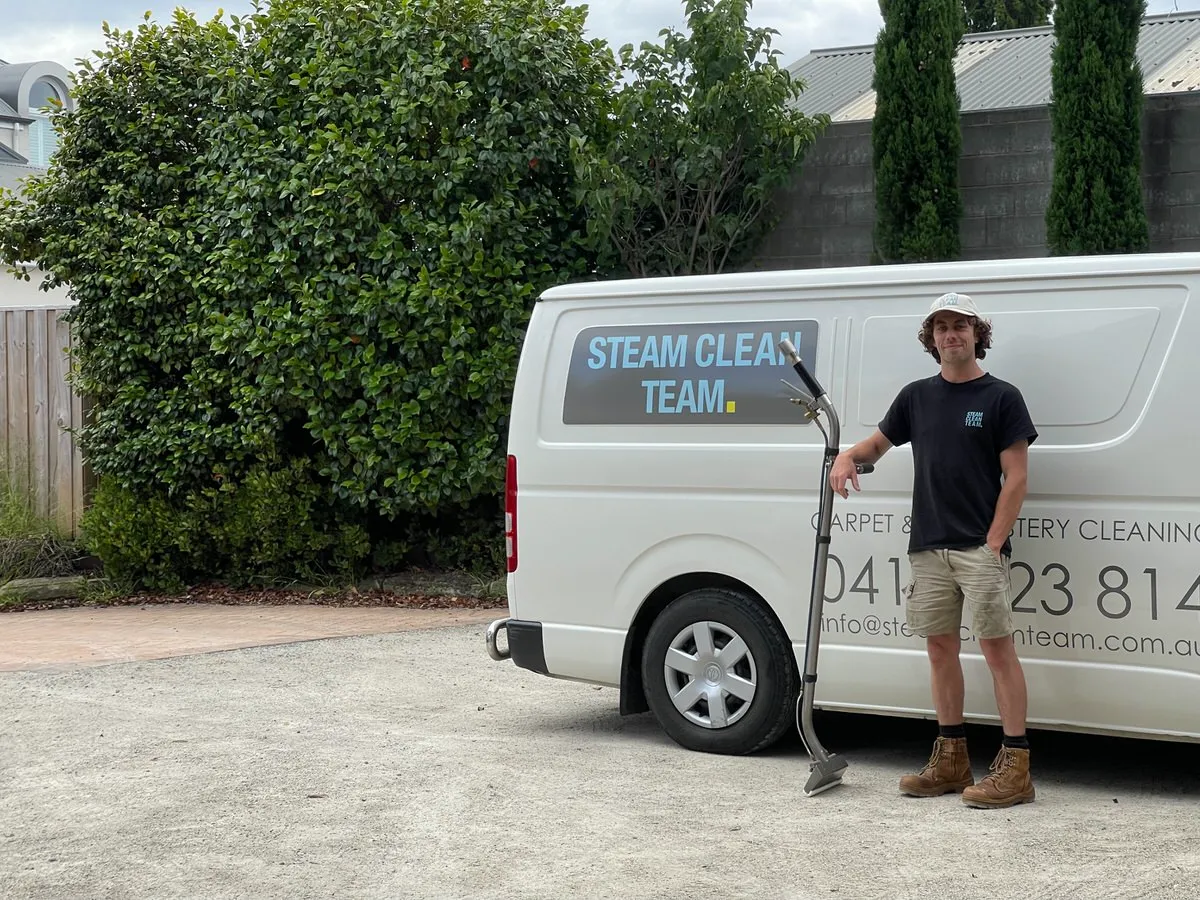
Hiring a Water Restoration Company
When the flood waters recede, the aftermath can be daunting. Your property and belongings may be severely affected, and the potential health risks from contaminants and pathogens in the water are a serious concern. In such situations, a professional water restoration company can be your best ally.
Why Professional Help is Crucial
Attempting to handle the aftermath of a flood single-handedly is not advisable. The damage can be far more extensive than what’s visible on the surface. A professional water restoration company has the expertise and equipment to thoroughly clean and sanitise your home, ensuring it’s safe for you and your family to return.
What to Look for in a Water Restoration Company
When you’re choosing a water restoration company, there are several factors to consider. First, the company should have a solid reputation. Look for reviews and testimonials from previous clients to gauge their reliability and quality of work.
Second, the company should have the necessary certifications and licences. This ensures they adhere to industry standards and regulations.
Third, the company should have a team of trained and experienced professionals. Dealing with flood damage requires a specific set of skills and knowledge, so it’s important that the team handling your home is well-equipped for the task.
For a quote, visit our water damage restoration page.
Questions to Ask a Potential Service Provider
Before you hire a water restoration company, it’s important to ask the right questions. Find out about their experience with flood damage specifically, as this can be quite different from other types of water damage.
Ask about their process for assessing and repairing damage, as well as their methods for cleaning and sanitising. It’s also important to ask about their availability – in the aftermath of a flood, you’ll want a team that can start work as soon as possible.
Evaluating the Cost of Water Restoration Services
The cost of water restoration services can vary widely, depending on the extent of the damage and the specific services required. It’s important to get a detailed quote before work begins, to avoid any surprises down the line.
Remember, while cost is an important factor, it shouldn’t be the only one. The safety and well-being of your family is paramount, so it’s worth investing in a company that will do the job thoroughly and professionally.
Safeguarding Homes from Flood Damage
When faced with a destructive force like flooding, being prepared and resilient are our strongest defences. By equipping ourselves with knowledge about the different types of damage, recognizing early signs, and getting to know the ins and outs of insurance and restoration processes, we’re taking important steps towards protection.
Preventive measures, like regular inspections and having sandbags and flood barriers ready, along with a quick response when flooding happens, can really help to limit the damage. On a larger scale, hiring effective water restoration professionals ensures we’re able to reclaim our homes and make them safe for our loved ones.
Being vigilant, proactive, and acting swiftly are key in protecting our homes from flood damage, reducing its effects and ensuring the health and hygiene of our loved ones.

